By Roy Oomen of HP
Commercial printers are increasingly examining the label and packaging market—and they like what they see. As digital technology lowers both the cost of entry and the learning curve for excellent execution, particularly in the area of special effects, the business benefits can be substantial. With modest investment and sustained commitment, a commercial print service provider can realistically find themselves enjoying better margins, higher selling prices, and a greater level of alignment and connection with new—and often extremely healthy and proactive—brands and end customers.
As any good flexographer can attest, printing—especially printing with special effects—can take years of practice and refinement to truly master. But with today’s digital print capabilities, a printer can be producing highly sophisticated and successful work in as little as six months—if they take the necessary time to strategically and conscientiously plan their entry and growth trajectory in the market.
Sometimes, though, that can be a big “if.”
Unfortunately, many commercial printers hear that it is easier than ever before to produce labels and packaging and make a series of fundamental mistakes from the outset. “Easier” is not the same thing as “easy,” and proceeding without proper planning can increase the likelihood of costly mistakes and limit potential for success.
This series of missteps generally begins with printers simply asking prospective or existing customers the wrong initial questions. It is a conversation that begins with, “Mr. Customer, do you want cold foil, yes or no? Embossing, debossing or both? Textured or linen material?” It is a quick first step in the wrong direction, which is only exacerbated by the work and conversations that follow.
Long before there is any discussion about actual deliverables for job completion, it is critical for printers to engage with clients in a needs assessment. Simply put, what is the customer truly trying to achieve—and how do they hope to position themselves and their products within their category?
A trip to any Walgreens will offer a glimpse into the labeling strategy for more than 90 different types of shampoos. Not a single one came into existence haphazardly. Each bottle reveals an in-depth discussion of business and branding objectives that were then transferred and translated to the packaging that consumers will experience in the store and at home. Brands wishing to convey glitz and luxury challenge their designers and printers to execute with rainbow holographic films. Others decide to go in the opposite direction, using a less-is-more approach that presents a sterile, clean and transparent presentation that alludes to medical-grade strengths. Both types of labels effectively utilize special effects and highly sophisticated execution, but clearly in very different ways.
Any successful use of special effects must begin with a deep conversation about the client’s mission, objective and intention for the effects, along with a preemptive strategy for how a printer can best serve a brand as a long-term strategic partner.
How long is a particular special effect going to work for the customer? Do they anticipate changing it in a year? Will there be line extensions within the same branding campaign and product line? What about size constraints? If a brand launches a product in a 16oz and a 2oz container, will they plan an extension or a sister product line if it is successful? Will the print service provider be able to replicate those special effects across different media and sizes, with consistent look and methodologies at the product level?
With greater competition, tighter margins and an explosion of SKUs, there is often a pragmatic rush to execution—from both clients and printers alike. And while a printer new to the market may be excited to snatch up business, particularly for high-profile and luxury products, they are not doing themselves or their clients any favors by racing down a dead end street with a well-recognized product they are not capable of adapting, or evolving and adapting any effects as needed.
A cold foil on a label may dazzle a new client, but what if they have a sister product that requires a shrink sleeve? Will the printer have the capability to integrate a spot adhesive and a cold foil in a reverse printed shrink sleeve? Or will they be forced into the uncomfortable position of needing to quickly allocate resources for new equipment or else risk losing the client? And if the printer chooses to invest in new equipment, will they have enough time to learn to use it to meet the clients’ production schedule—or will they be forced to devote even more expense to strategic new hires to run new equipment effectively?
As lucrative as the special effects market for labels and packaging can be, it can also present costly mistakes and expenditures without proper planning. Planning and training for good execution matters.
With a series of simple conversations with a client about their branding objectives, a printer will be empowered with the knowledge they need so to go back and brainstorm with their team. They will be able to assess what different technologies they can deliver— immediately and over the course of the execution of the customer’s long-term strategy. The printer can then come back to the customer with highly informed recommendations.
As a competitive advantage, insight into brand strategy is invaluable. As digital technology appears to be lowering the barrier for entry, the label and packaging market will be, at some point in time, increasingly crowded (although right now it is likely an attractive investment opportunity for any commercial printer). Being able to discuss client goals—as well as offer a track record of successes and best practices—will quickly distinguish a printer. Such ability will also build a more solid foundation to adopt future innovations in digital packaging technologies. With focus and effort, it is not difficult for printers to elevate themselves from the role of just another supplier to that of a valued strategic partner. In packaging, one especially does not want to be relegated to just another SKU (i.e. a roll of labels in the warehouse), from the brand’s point of view. Packaging will continue to enjoy more marketing spend, compared to TV and other media. The latter is a well-documented industry fact now, so margin dollars can flow to those who deliver concepts that deliver results for the brand, as it affects their results, particularly related to share of market and also ability to sustain growth in share for the product category ( be it coffee, health supplements etc.)
With greater pressure from the C-suite to demonstrate real business results from all budget allocations, brand managers who are interviewing printers desire to see tangible impact assessments, which they can then evaluate with confidence. More than ever, printers must demonstrate that they understand what the client’s adjustments, ideas, suggestions and redesigns really mean in real business terms. Is there a predicted effect on sales growth? Do demographic studies support the investment, and does the possibility exist to tie the change in product decoration to a better message for sustainability? Will the special effect be accepted in score cards for sustainability efforts, with large retailers? What is the cost vs. benefit? Does a trade of exist (labels that are easy to read versus a specific effect for instance), and if so how does such trade of compare to the rest of the industry, or within the product category from the brand’s perspective? Can the printer present a relevant case study from the past to consider?
Typically, brands have access to sources to help them understand shifts in consumer behaviors, so the consultation from the printer should focus on how to take the brand information to the realm of executing.
Those printers that can show a client a full use case, including metrics, timeline to execution, impact to sales and perhaps some demographic information from an earlier project will find themselves with opportunity for higher caliber engagements than providers who focus on specific capabilities and price.
Those commercial printers new to labels and packaging, and particularly special effects, should be conscientious about competition—but not intimidated. For brands today, it is less and less prohibitive to take a chance on a smaller or younger printer in the category—particularly if a printer can demonstrate such things as quality, timely delivery, ISO certification and client prioritization, but delivered within the context of achieving relevance and alignment to business metrics which matter to brands. Often, larger, more established printers find themselves at capacity during peak periods. Brands today are far more open to partnering with a newer printer, if that printer can inspire confidence, access to capacity which is flexible, responsive and add value with an ongoing stream of ideas that matter. With attractive rates and prices, and the willingness to make new and small, mid-size and very large clients a top priority, many new commercial printers find themselves with a substantial competitive advantage. Growing together with newer brands is a very real prospect in a fast changing consumer product landscape.
But whether that advantage can be translated into ongoing success depends more than ever before on planning and communication. With careful technology selection, thoughtful consultation with partners that provides full access to strategic objectives, and sound training and flexibility, today’s commercial printers can quickly find they are enjoying deep engagement in a growing market segment (pressure sensitive labels, combined with specialty effects, and especially in the digital segment of this fast growing market).
The resources, partners, technology and knowledge base are all more affordable and more readily available than ever before. Commercial printers looking to jump into special effects for labels and packaging should feel confident in their potential for success—but they should also understand that the results of their work are often only as good as the planning that shaped it. One key take away is that the printing is supported by the converting (die cutting, laminating, integrating effects, adhesive selection, varnishes). Creating compatible processes to the printing itself, not just for manufacturing execution (production) but also for delivering relevance, when positioning their new capabilities are key success ingredients. Specialty effects, specific to end users’ needs and interests take time to master; and not every sales person will be good at it immediately, without technical support. Material suppliers are allies.
Planning for educational meetings that are proactive, and not only reactive with relevant media, overprint varnish and coatings suppliers separate print service providers, one from the other. Learning about the constructions and effects will logically translate into converting equipment choices. Once choices are made, process control for efficiency, and also practices for maintaining equipment come next. New offerings from Scodix and others have been arriving to support new digital presses. Such technology is exciting, yet effective use relies on process. Another key success area for a different day and discussion is achieving understanding how effects can impact speed and ability for application of labels to products at packaging sites, now typically one step removed from the printer in today’s supply chain.





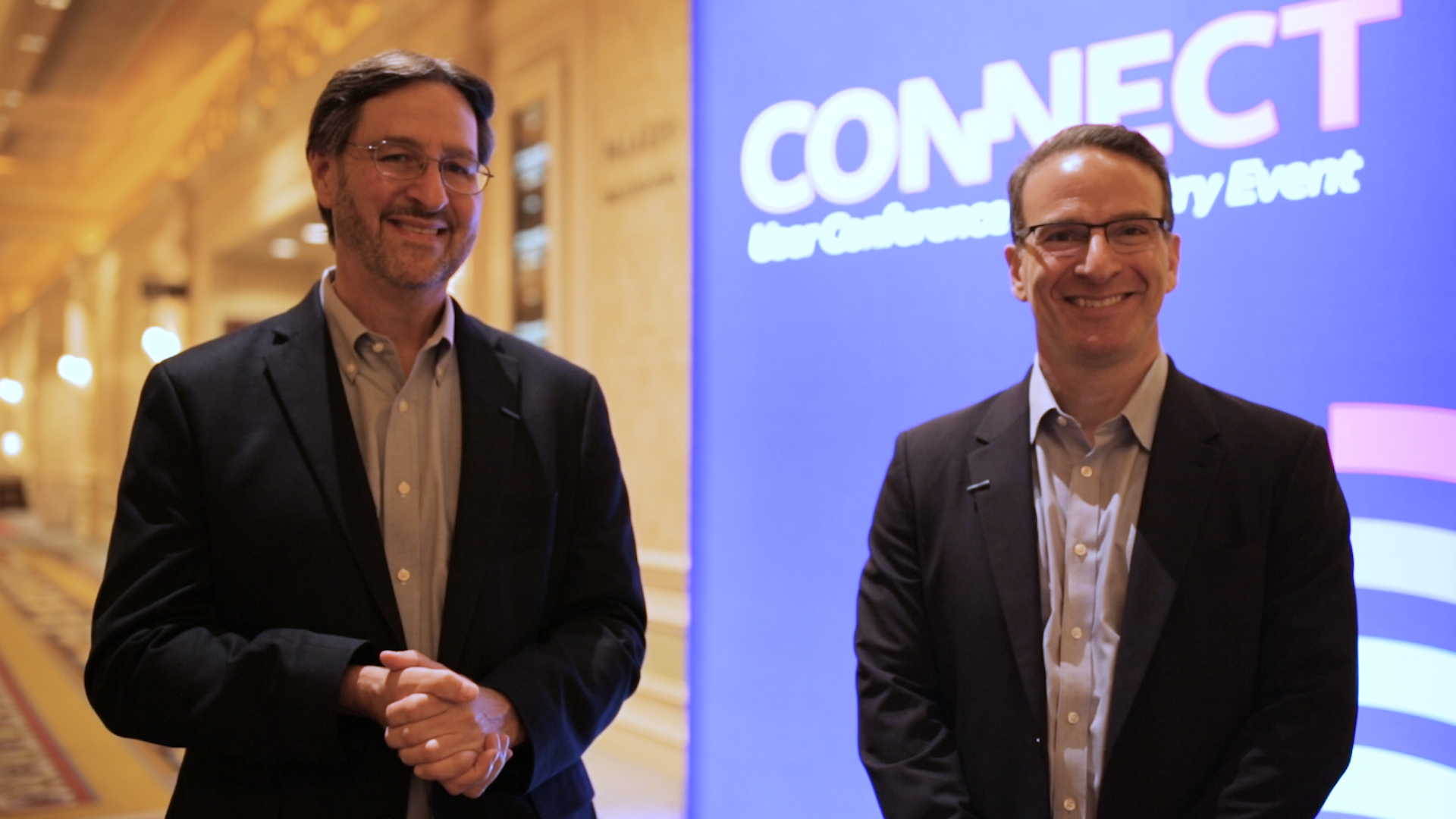

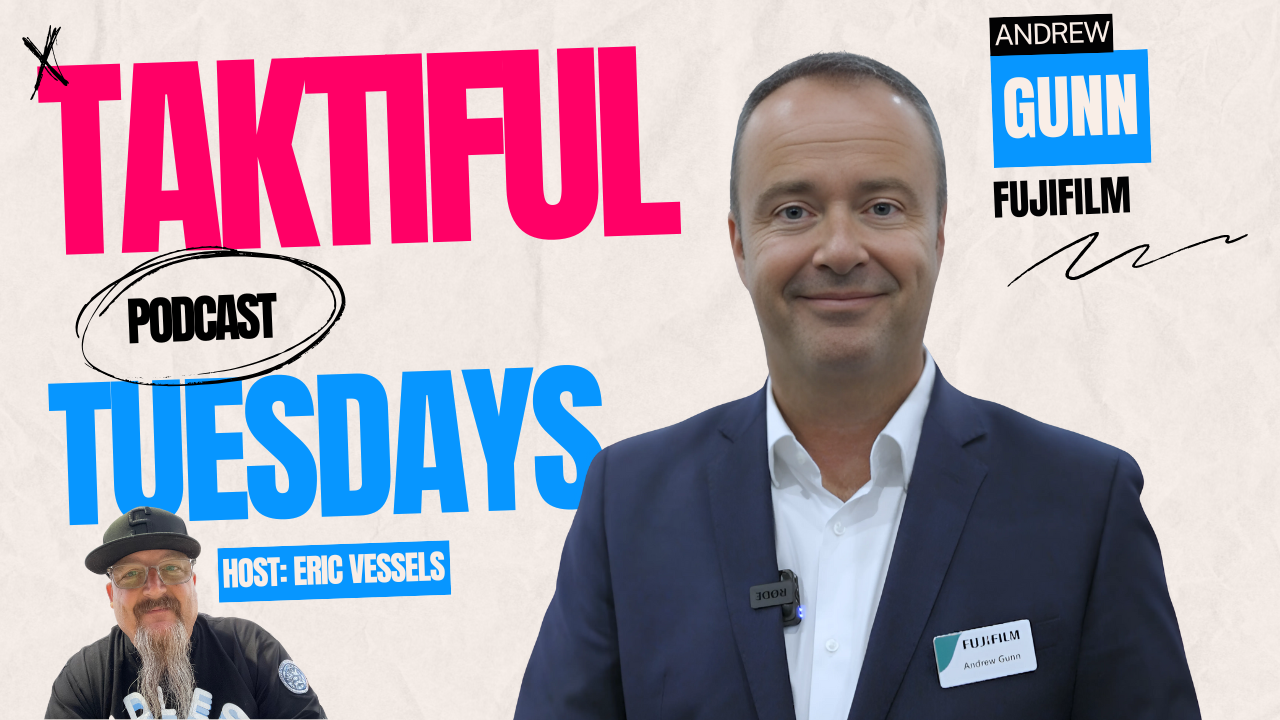
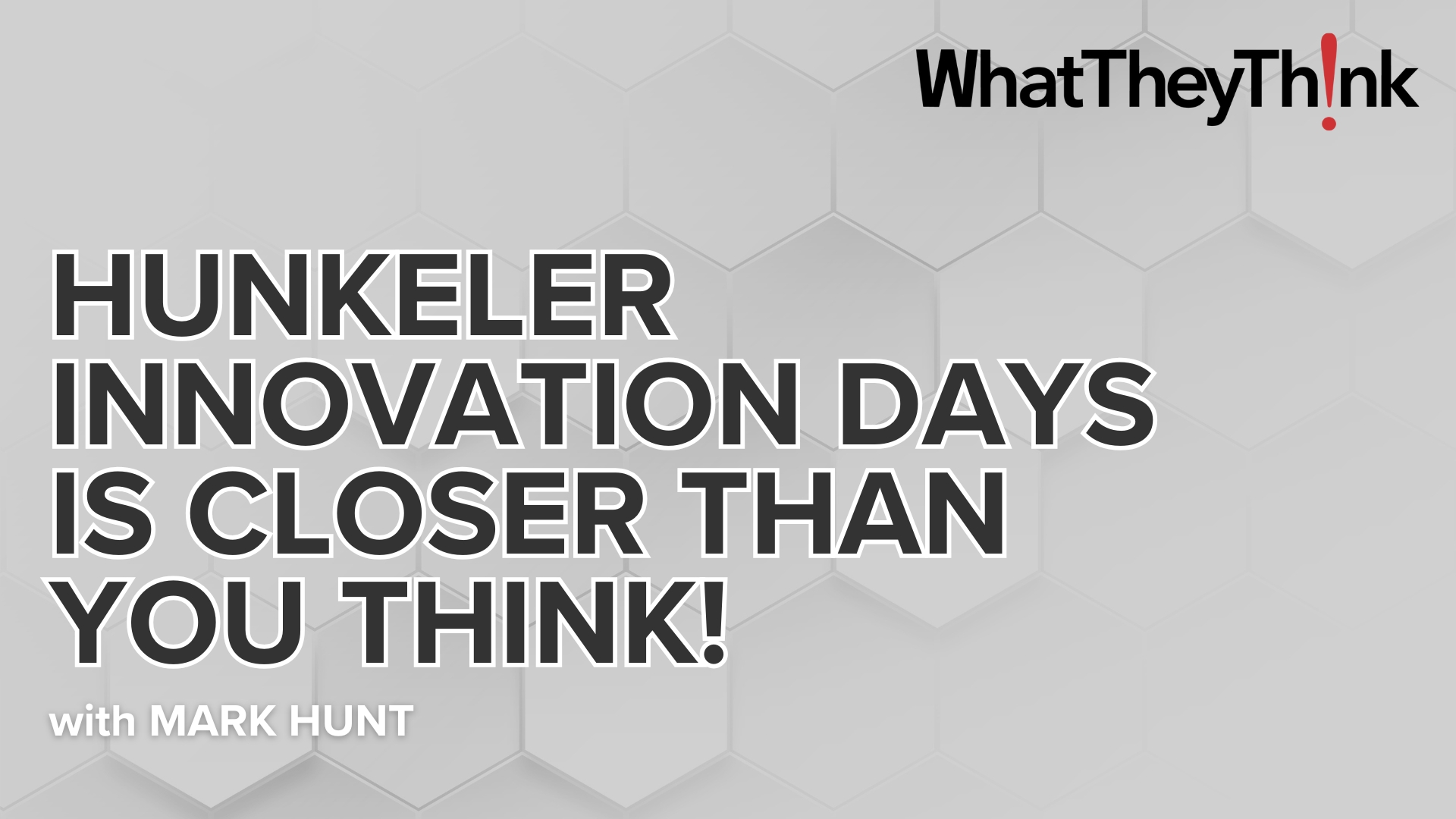

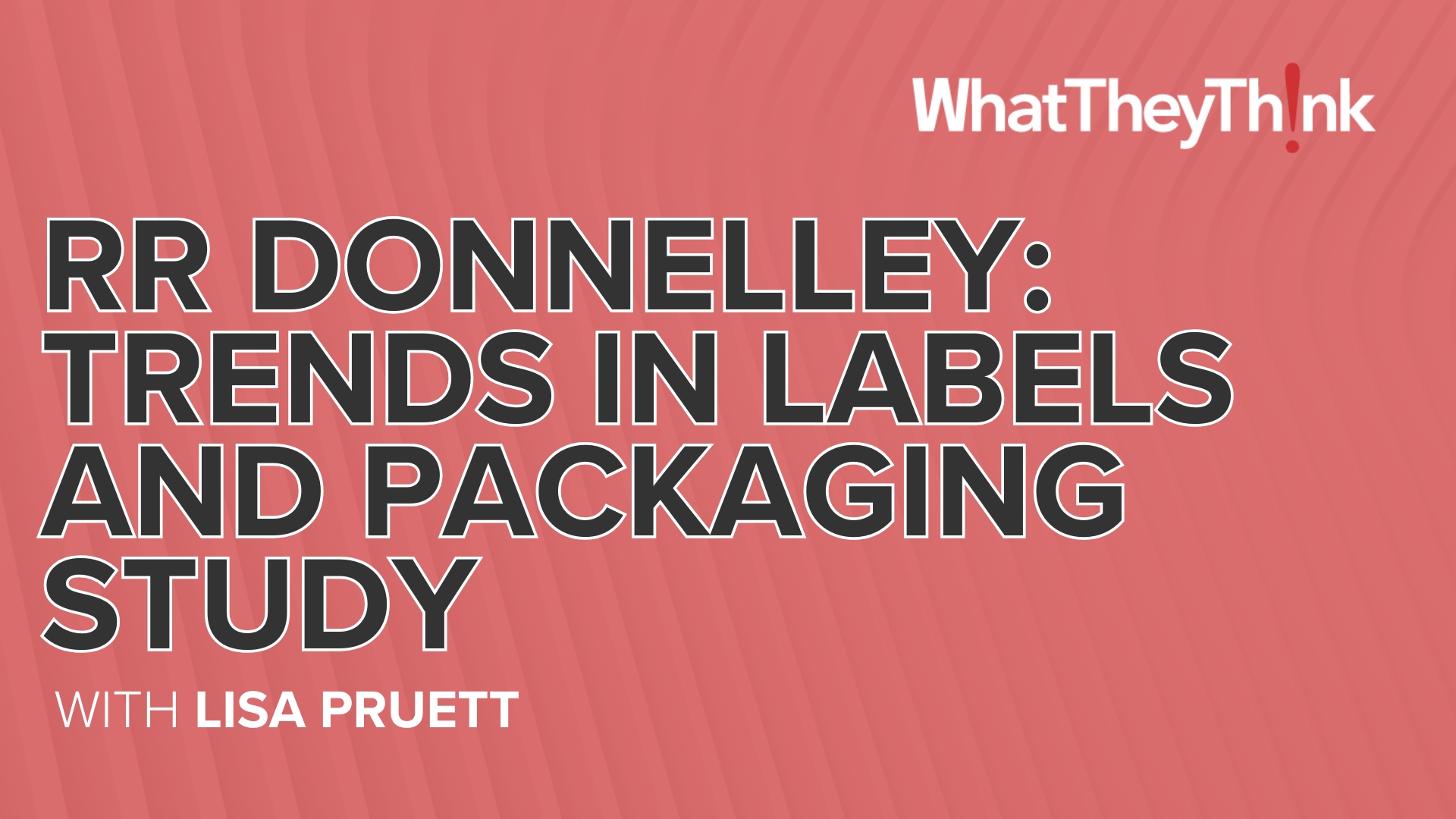
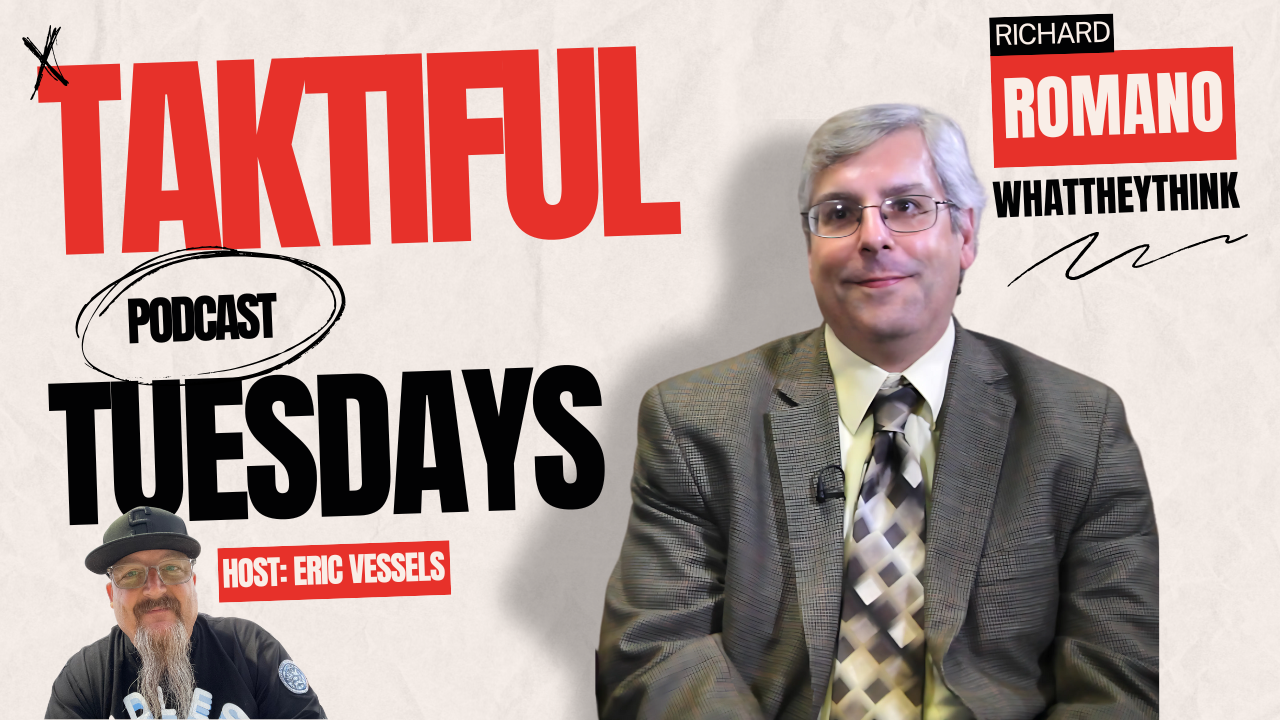



Discussion
By rick ciordia on Dec 13, 2013
This article indicates the importance of finishing in the packaging industry. Without the proper post press equipment, it is hard to compete. Interestingly enough many printers from the commercial side oft he business look at finishing as a necessary evil. Finishing can make or break a company that has any plans of producing unique or complex products. Finishing should be considered first when planning for new products.
As.digital continues to make inroads in all areas of the print industry it is also very important to know what adhesives, coatings etcetera will work with the specialty substrates, inks, and toners. By doing this research first, and in this manner there is far less of a chance for errors when rolling out new products
By Chris Lynn on Dec 14, 2013
100% agree with Rick's comment. There is a reason that packaging industry suppliers are known as 'converters'. Digital printing might lower the cost of entry to the packaging & label printing market, but the converting piece is critical to success.
My advice to a commercial printer looking at the label market is to buy a used flexo press with inline finishing, ensure you have the infrastructure to manage short-run work, and then invest in a digital printer that can be added inline on the press.
By Jeffrey Becker on Dec 16, 2013
Needless to say, the challenge is to find the right person with which to have these conversations. It will not be with procurement. It could be an Agency, Brand Manager or an entire team. The problem is that most printers are not engaging with these people on a regular basis. The increased sales cycle time, prototyping and testing also create new challenges.